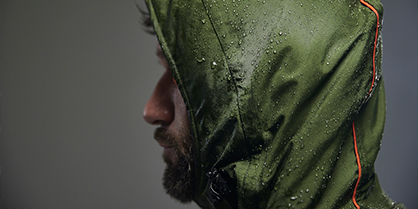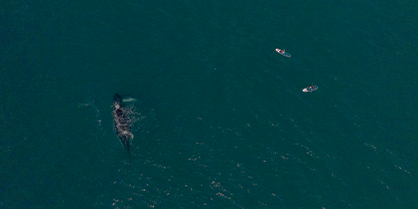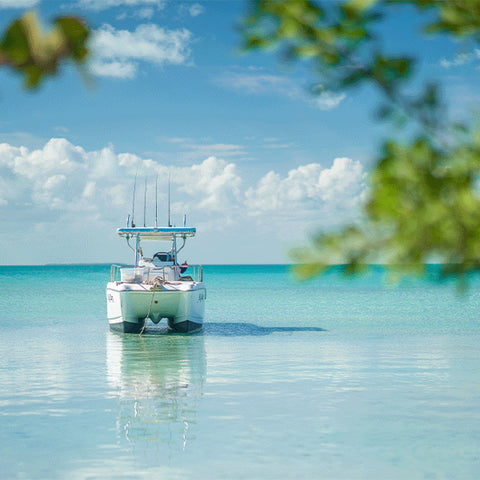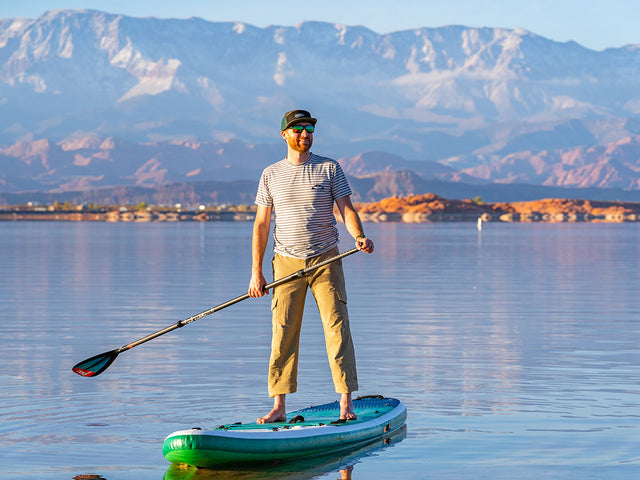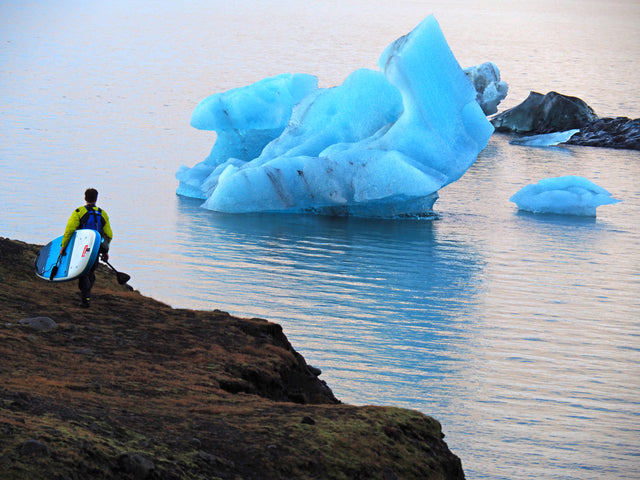
courtesy of the https://cleanboater.org/

What are invasive species and why are they an issue?
Invasive species are plants, animals, and other organisms that are introduced outside of their native habitat and create disturbances in the introduced habitat. Invasive species can stress native plants and animals by outcompeting them for food, water, and shelter. Invasive species can even spread diseases to other organisms.
Aquatic invasive species (AIS) are often moved between waterbodies unintentionally by hitching a ride on our boats and watersports gear. This includes SUPs, kayaks, rafts, motorboats, and anything else that we put in the water. Invasive aquatic plants can become tangled or hidden in boat crevices. Microscopic invasive animals can survive in a small amount of water.
Once AIS are introduced, they are extremely hard to remove and can drastically change the waters we love to recreate in. Some aquatic weeds can clog waterways and prevent boats from navigating. Invasive mussels leave behind piles of sharp shells that can cut bare feet and even neoprene!

Is this something that can happen with a SUP?
Any water gear has the potential to move AIS. It is possible for your SUP to have aquatic weeds or mud containing invasive species as you exit the water. Luckily, SUPs are some of the most easily cleaned watercrafts because there are less places for invasives to hide out. It is always important to remember to take time to self-inspect, clean, and dry your SUP between adventures...and of course always stop at those watercraft inspection stations when you see them. 

How can paddlers help stop the problem?
The best way to prevent the spread of AIS is to always Clean, Drain, Dry your boats and gear between waterbodies.
Clean – remove any mud or visible debris using the water you just boated in or clean water. No chemicals needed!
Drain – drain any standing water from your boat. Remember, invasive species can survive in just a tiny amount of water.
Dry – allow all your gear to air dry before taking it out again. Once it is dry to the touch it is much less likely to harbor AIS.
Get Inspected – always stop at watercraft inspection stations even if your boat is rolled up or fits in your vehicle.

Is this for saltwater as well as freshwater?
Different types of AIS exist in both freshwater and saltwater habitats, and you should always Clean, Drain, Dry whether you have been in freshwater or saltwater. We likely do not know every plant, animal, or algae that lives in the water we recreate or how it could impact an ecosystem close by (even in the same state). Surprisingly, some invasive species can survive in a wide range of salt, temperature, and oxygen levels in the water so as a precaution we should never move organisms between saltwater and freshwater.
Tell us about your program?
Invasive Species Action Network’s clean boater program aims to give non-motorized boaters the knowledge and resources to reduce the likelihood of spreading AIS between waterbodies. Equipping paddlers with the principles of Clean, Drain, Dry can help give everyone the power to protect the waters they love from invasive species.
We work with trusted boating industry leaders to share the importance of clean boating with new boaters and their long-time loyal customers. Clean boating applies to any and everyone who recreates on the water no matter the frequency or your level of experience.
How can SUPers help educate their community?
The best way for paddlers to help educate their communities is to share the importance of Clean, Drain, Dry with their friends, families, and peers. When you are out paddling with friends, make it a group activity to inspect, clean, and dry your boats before heading home. We can all hold each other accountable and encourage one another to do our best to protect our waters from invasive species.




